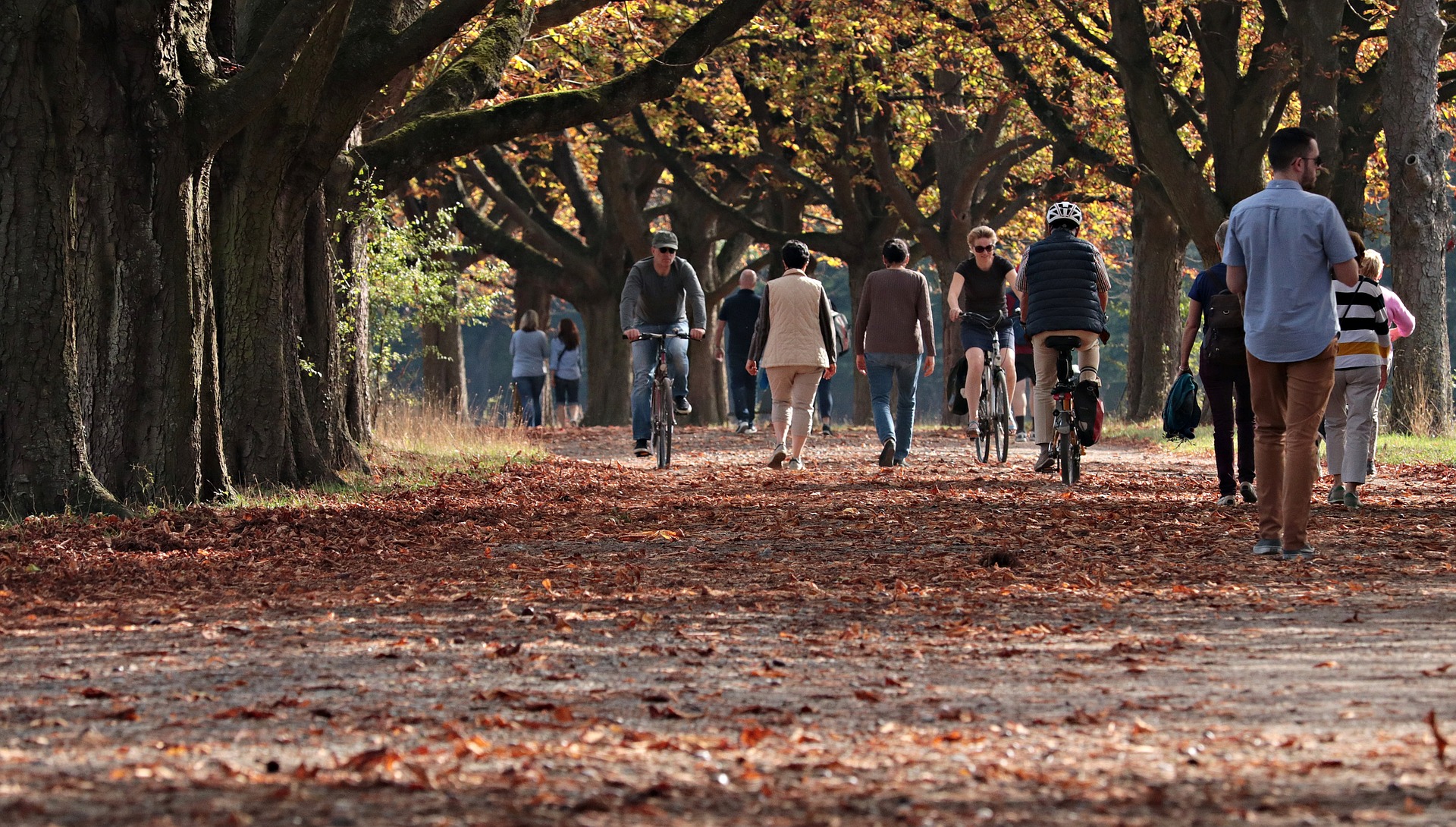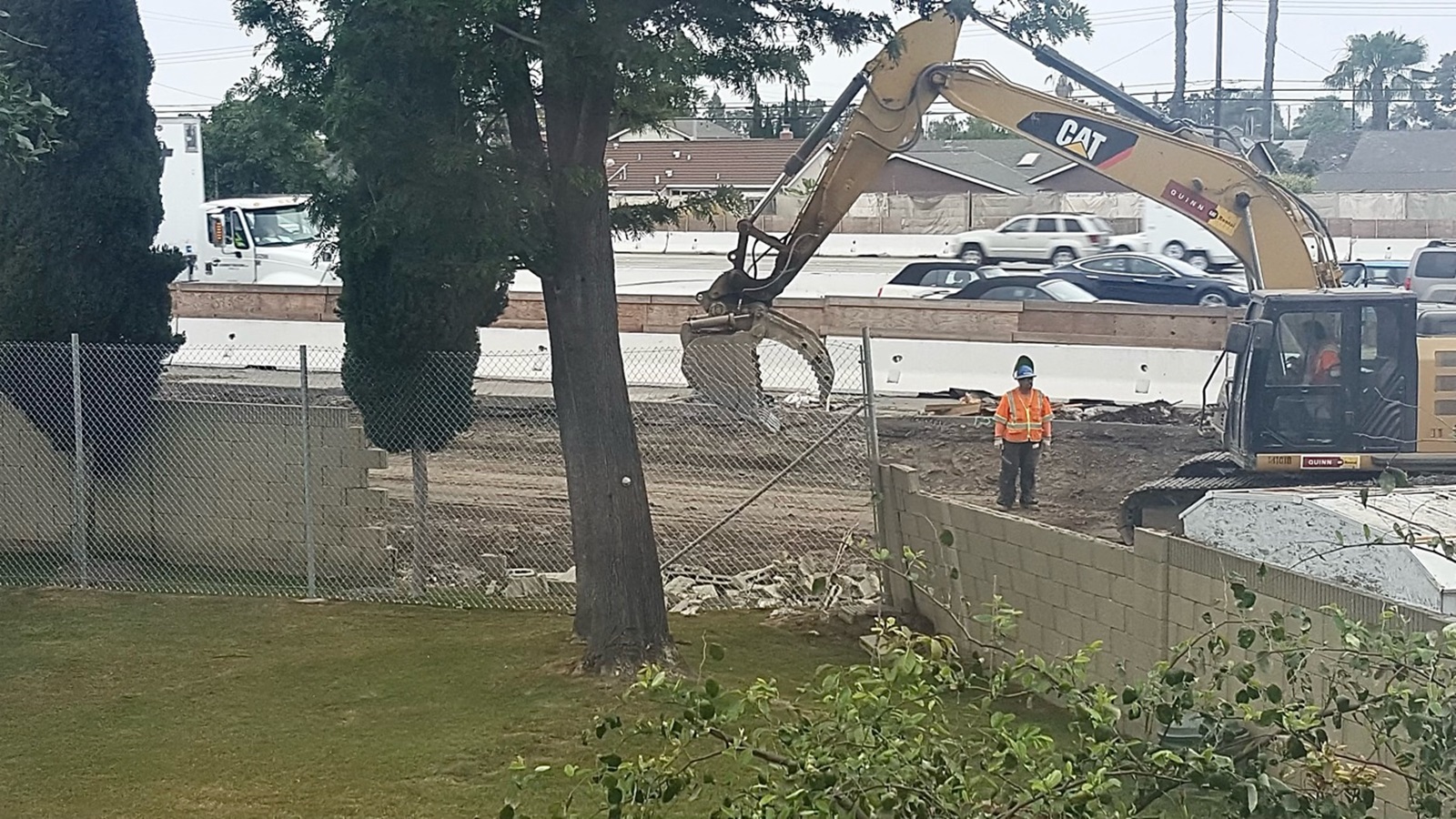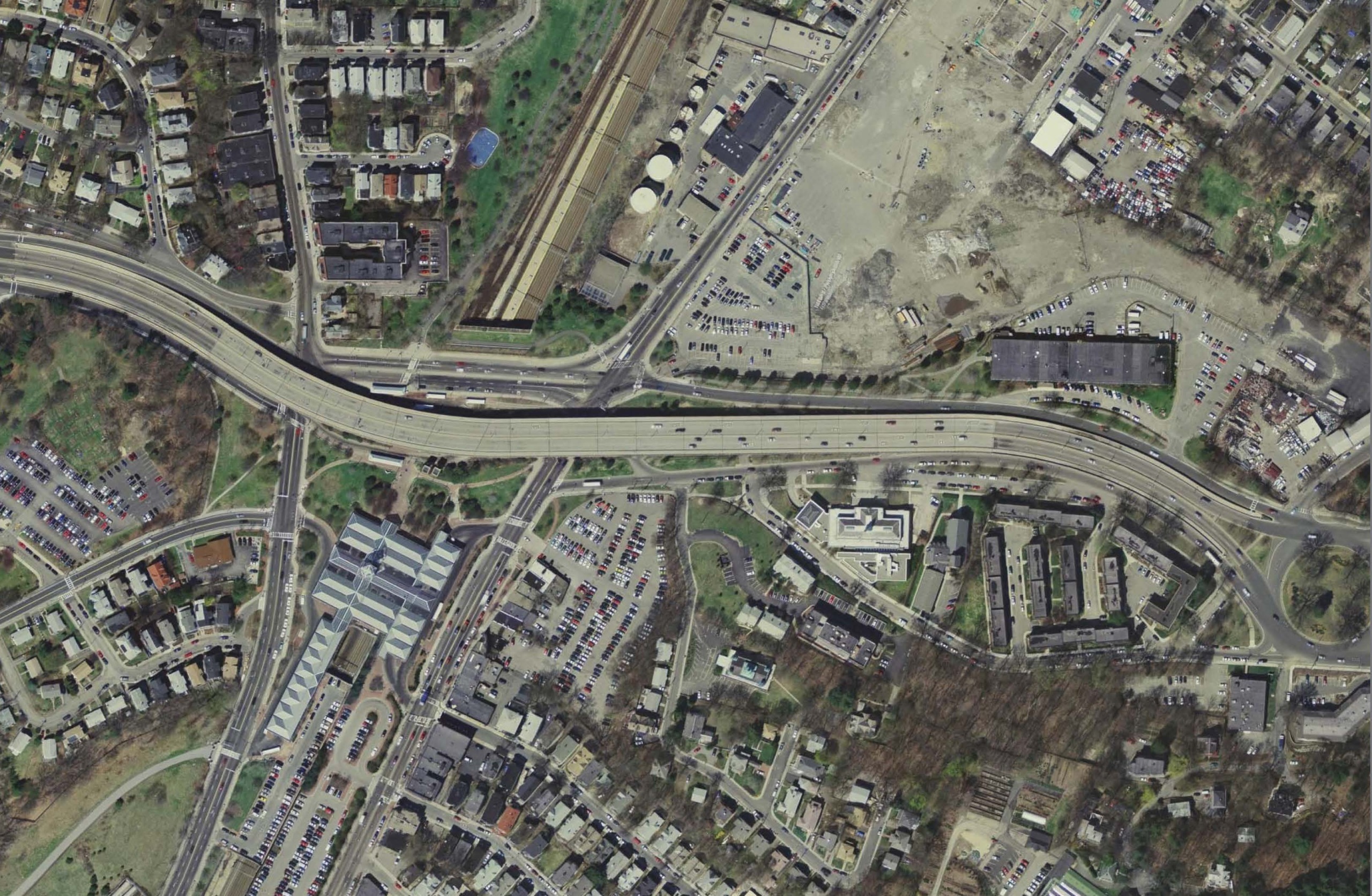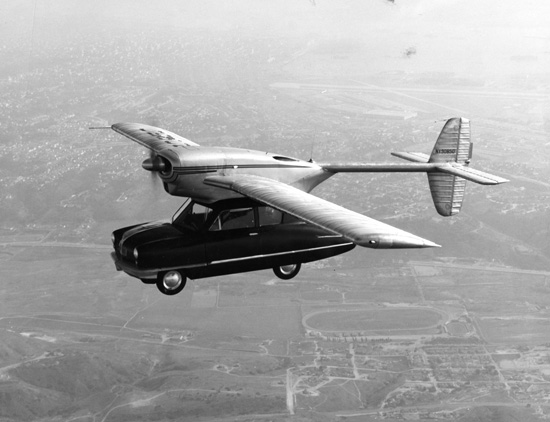
Foot People: On (Not) Walking in LA
In The Death and Life of Great American Cities, Jane Jacobs argues that there are two kinds of people in the world: “foot people” and “car people”. As a "foot person" who managed to reach the age of 33 without ever having had a driver’s license, let alone a car, things took an unlikely turn when I moved to Los Angeles – one of the most unwalkable cities on the planet.

I grew up in a remote, rural corner of the north of England. The nearest proper road was about a quarter of a mile down a dirt track from my home; the nearest village (population: 178) was about a mile and a half away, and the pubs I worked in as a teenager, the local shop, and the bus stop that connected me to the wider world were all at the outer edge of a two mile radius. Unlike most of the kids who grew up in that neck of the woods I was aggressively uninterested in the idea of owning a car. When I needed to travel further afield (the nearest thing resembling a town was ten miles away) I took the bus, but mostly I walked. Everywhere. And I never gave it a second thought.
In The Death and Life of Great American Cities, Jane Jacobs argues that there are two kinds of people in the world: “foot people” and “car people”. The former are those who tend to organize their lives around pedestrian travel, who “prefer doing their workaday errands on foot, or feel they would like to if they lived in a place where they could”, the latter those who prefer “hopping into the car to do errands, or would like to if they had a car.” Until recently I’d never particularly thought of myself as a “foot person”, but in retrospect, my formative years tramping around the B-roads of northern England clearly had a hand in shaping how I came to organize my life as an adult.
Small cities have always suited me best, and within those cities I’ve always tended to choose where I live based on whether I can get wherever I need to be either on foot, or by bike or public transport – which in Europe isn’t particularly difficult. European town centers were mostly designed and built long before the invention of the motor-car, and in many cases the way they’ve evolved is such that it’s possible to travel pretty much everywhere without one. Usually there are shops, schools, jobs, parks and entertainment within a walkable radius of residential areas, or at the very least a short bus ride away. Even outside the cities, on much of the continent if you plan your journey right there are few places you can’t get to by bus or train.
Having managed to reach the age of 33 and travelled all over Europe without ever having had a driver’s license, let alone a car, things took an unlikely turn when I moved to Los Angeles – one of the most unwalkable cities on the planet and one unencumbered by anything approaching a functioning public transport system. Sure, it has its walkable neighborhoods, and yes, efforts have been made over recent years to address the problem of transit, but in LA and its environs the car is very much still king – both culturally, and as a matter of necessity (84% of LA commuters travel to work by car – not necessarily because they want to, but because they have to). Whereas in Europe the question was always “how d’you get there by public transport?” here, I discovered, it’s “can you get there by public transport?” And the answer is very often “no”. (Or “yes, but it would be quicker, cleaner, safer and more enjoyable to crawl on your hands and knees.”)
Which is partly why, after scouting out various cities in LA County, I settled in Long Beach – an odd choice, my LA friends tell me, but one that made perfect sense to me. As southern Californian cities go, the LBC has a relatively compact downtown and is comparatively well-served by public transit; living close to downtown I can walk to the Metro that takes me to work in LA, and there are shops, bars, restaurants and other amenities all within a walkable radius.
Even in the few years I’ve been here, Long Beach has seen major transformations. In 2016, the City Council approved the Downtown and Transit-Oriented Development (TOD) Pedestrian Master Plan to create a more pedestrian-friendly downtown and support walking, transit use, cycling and other modes of active transportation as viable alternatives to automobile travel. This newfound focus on walkability and investment in pedestrian-oriented projects, as well as in compact development in the downtown area, have made Long Beach one of the top 10 walkable cities in the country, something which by all accounts would have seemed unthinkable twenty years ago.
OK, so I’m a “foot person” – I’m biased. And I come from a place where walkability and public transit are the norm. But it may be that my sort of bias isn’t that of someone pining for an older, simpler way of life, but that of a citizen looking to the future. The challenges of climate, not to mention population growth, demand that we find new ways to live: in closer proximity to one another, without reliance on individually owned carbon-spewing vehicles (or even clean vehicles – because we can ill afford to dedicate so much space to parking in cities). As cities across America grapple to reach their greenhouse gas emissions targets, increasing connectivity while pursuing policies that aim to reduce automobile dependency must be the goal. And then walkable cities will become a necessity.
Photo: pixel2013 via Pixabay
Topics
Authors
James Horrox
Policy Analyst, Frontier Group
James Horrox is a policy analyst at Frontier Group, based in Los Angeles. He holds a BA and PhD in politics and has taught at Manchester University, the University of Salford and the Open University in his native UK. He has worked as a freelance academic editor for more than a decade, and before joining Frontier Group in 2019 he spent two years as a prospect researcher in the Public Interest Network's LA office. His writing has been published in various media outlets, books, journals and reference works.
Find Out More

Wider highways don’t solve congestion. So why are we still knocking down homes to build them?

Four ways to look at a project (or policy, or almost anything)

America needs a “roads review”

